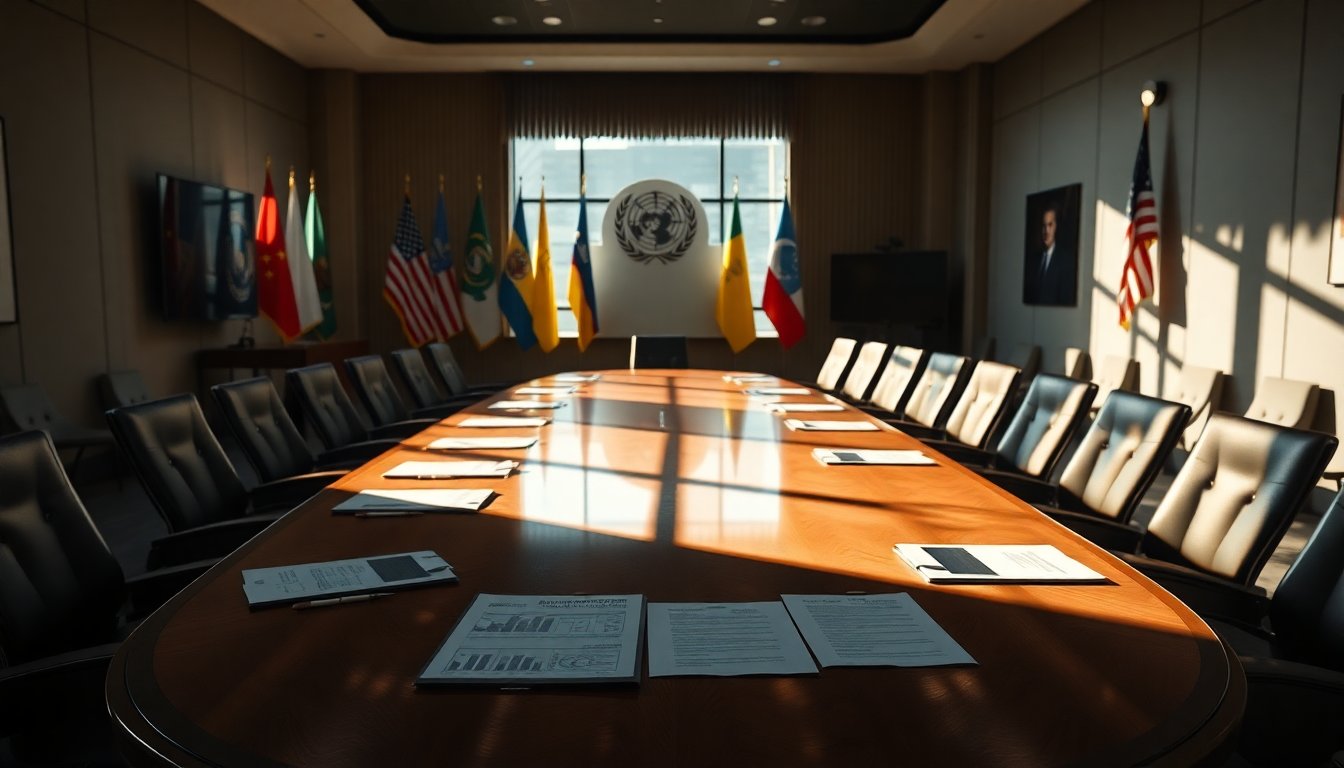Table of Contents
In response to escalating tensions stemming from renewed aggressions by Russia, Ukrainian President Volodymyr Zelenskyy is preparing for a vital meeting with U.S. President Donald Trump during the United Nations General Assembly in New York. Scheduled for next week, this meeting seeks to persuade Trump to implement stricter sanctions against Russia, following a series of airstrikes that have raised concerns across Europe.
The urgency of this dialogue arises as Russia intensifies military operations against Ukraine, marked by recent aerial attacks that have left the Eastern European region on high alert. Zelenskyy’s request for enhanced sanctions emphasizes a critical juncture in international relations, particularly as NATO allies strengthen their defenses in response to aggressive actions by Russian forces.
Heightened Military Actions and European Response
Recent developments indicate a significant increase in hostile activities from Russia, including a barrage of missile and drone strikes. In one of the most extensive assaults, Russian forces launched approximately 40 missiles and deployed around 580 drones, resulting in casualties and widespread distress among the Ukrainian populace. With multiple regions in Ukraine coming under fire, the necessity for a coordinated international response has never been more urgent.
The day prior to Zelenskyy’s announcement, the European Union finalized its 19th sanctions package aimed at constraining Russia’s military capabilities. This package forms part of an ongoing strategy to limit access to energy resources and exert pressure on the infrastructure supporting what is referred to as the “shadow fleet.” Zelenskyy expressed optimism about the forthcoming sanctions on social media, stating, “We now expect strong sanctions steps from the United States as well – Europe is doing its part.”
NATO’s Preventive Measures
In response to Russian incursions into neighboring countries, NATO has adopted a proactive approach by reinforcing its defenses along Europe’s eastern borders. Reports of Russian drones violating airspace in both Poland and Romania have prompted swift military responses, with Polish and allied aircraft engaging in preventative operations to safeguard airspace integrity. The UK has also contributed to these defensive measures, conducting its first air defense sorties under the Eastern Sentry mission.
Despite Russian denials regarding airspace violations, evidence compiled by Estonian officials confirms a recent incursion. This situation raises questions about the intent behind such maneuvers and whether they are part of a broader strategy to test NATO’s resolve and readiness.
Future Security Guarantees for Ukraine
During his discussions with Trump, Zelenskyy is also expected to address the critical issue of securing future guarantees for Ukraine’s safety against potential Russian aggression. While there is a consensus that a ceasefire may be on the horizon, the prospect of a Western military presence in Ukraine remains a contentious topic, particularly given Russian President Vladimir Putin‘s stern objections.
Zelenskyy’s ambitions align with a broader desire for a lasting peace framework that would ensure Ukraine’s sovereignty. As NATO members convene to discuss collective security measures, the stakes could not be higher, especially against the backdrop of Russia’s relentless military campaign.
International Implications of Sanction Strategies
The implications of enhanced sanctions are profound, affecting not only Russia’s military capabilities but also the geopolitical landscape of Europe. Trump has indicated a willingness to impose “major sanctions” on Russia, contingent upon unanimous support from NATO allies to halt oil imports from the country. This stance signals a potential shift in U.S. foreign policy, emphasizing the necessity of unified action in the face of aggression.
As Zelenskyy prepares for this pivotal meeting, the outcome could reshape the trajectory of U.S.-Russia relations and set the tone for future international cooperation in addressing the ongoing conflict. The dynamics of this encounter may prove critical in either reinforcing or diminishing the resolve of NATO allies in their collective stand against Russian expansionism.


